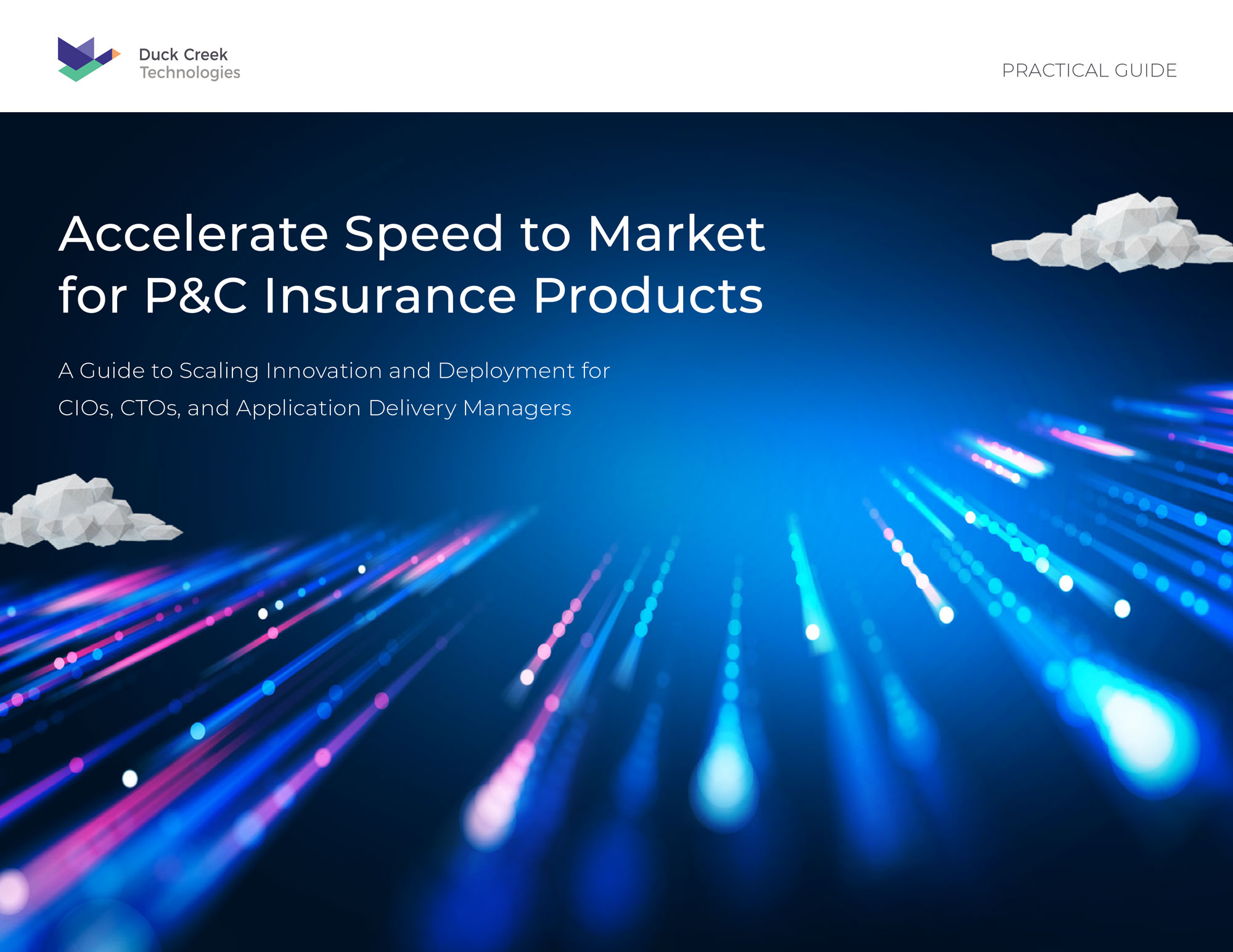 Today’s digital world is complicated, including that of P&C insurance. To keep up as a carrier, you not only need a strategy that supports modernizing the way you sell insurance, but also the technical platform behind it. As Karen Furtado from Strategy Meets Action said at the 2017 SMA Summit, “The ‘what’ of insurance is not changing; the ‘how’ is.” That got me thinking–when a carrier looks to third-party integrations, there are seemingly limitless possibilities. Many outside resources are billed as “accelerators”–a term commonly used to refer to tools for making systems integration faster and more efficient. With more resources coming to the P&C market every day, and many of them billed as “accelerators,” it’s an important time to ask: are all accelerators created equal?
Today’s digital world is complicated, including that of P&C insurance. To keep up as a carrier, you not only need a strategy that supports modernizing the way you sell insurance, but also the technical platform behind it. As Karen Furtado from Strategy Meets Action said at the 2017 SMA Summit, “The ‘what’ of insurance is not changing; the ‘how’ is.” That got me thinking–when a carrier looks to third-party integrations, there are seemingly limitless possibilities. Many outside resources are billed as “accelerators”–a term commonly used to refer to tools for making systems integration faster and more efficient. With more resources coming to the P&C market every day, and many of them billed as “accelerators,” it’s an important time to ask: are all accelerators created equal?
To find out, I searched online for as many examples of “accelerators” as I could find. What I found is that, while there are myriad “accelerators” that could be defined as plug-and-play integration efficiency tools, the label gets applied equally to vastly different resources. Don’t be fooled, they aren’t all the same! As I see it, these are the five basic categories into which the majority of so-called accelerators fit:
1) Documentation. Any type of topically-relevant material, including pictures and diagrams, samples of workflows, or information about how to implement a particular use case. This can even include descriptions of how certain concepts might be implemented. Basically, while valuable to varying degrees, documentation does not provide anything other than knowledge.
2) APIs. Pre-built interfaces that provide requests/responses to transmit data between systems or applications. APIs are key in the overall scheme of things, as they allow for easy integration with third parties. It’s incredibly useful to have an API already built to share valuable data in the format a carrier requires.
3) Content. This is paramount. Long-time readers know my passion for customer experience. Providing pre-built content, already designed in a way that supports the users of your system, and tested by actual users is nirvana.
4) Workflows. Hand-in-hand companions to content. APIs built with workflows that make sense, and that solve for scenarios that would make use of relevant data, greatly simplify many processes. Proper workflows are key to any implementation of an API.
5) Support and Upgrades. Will someone completely support a carrier’s APIs within their Policy, Billing, and Claims systems, as well as manage service levels, workflows, and upgrades with multiple vendors? YES! And vendors that offer upgrades and API support as a service provide a serious advantage to carriers that want to focus their IT resources on growth and product strategy, rather than triage and maintenance.
All of these concepts are accelerators in their own ways – each providing a different value to an insurer. Together, they offer a powerful toolset for making a carrier more nimble and competitive. When a single integration brings all of these components together, the benefit increases exponentially. As AssureSign CEO David Brinkman put it, “When you augment existing processes with expedient solutions, you transform an enterprise business. Providers leveraging integrations that save time, money and overhead while simultaneously enhancing the consumer experience are best positioned to excel in a modern market. This is why many out-of-the-box and custom-built integrations incorporate pivotal solutions like eSignature.”
What I learned from my scavenger hunt for the truth about integration accelerators is this: while many offer some degree of value, nothing beats a complete solution that combines elements of all five of the categories detailed above.
